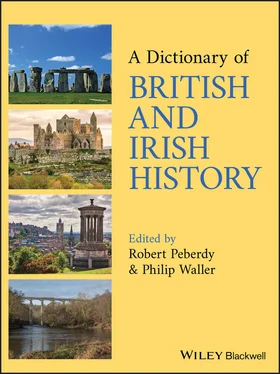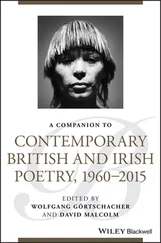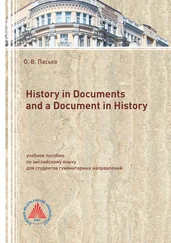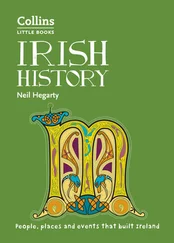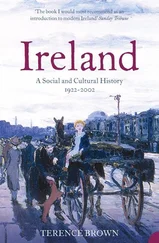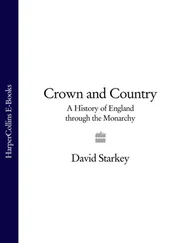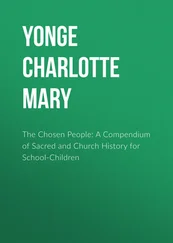John was imprisoned in London until 1299, and later retired to France. Meanwhile, the guardians fought the English in Balliol's name until 1304. See also SCOTTISH–ENGLISH RELATIONS 1290 TO 1357; ROBERT I; BALLIOL, EDWARD.
BALLIOL FAMILYFrom Picardy, NE France, the Balliols held land in NE England from the late 11th century and in Scotland from the mid 12th century; they flourished until 1368. John Balliol (d. 1268) married Dervorguilla, heiress of Alan of Galloway, and later founded a student hostel in OXFORD, England (by 1266; from 1282, Balliol College). Through her royal descent their son John BALLIOL became king of Scots. See also BALLIOL, DERVORGUILLA; BALLIOL, EDWARD; GALLOWAY. BALMERINO TRIALThe trial in Scotland (at EDINBURGH), in March 1635, of James Elphinstone, (2nd) Lord Balmerino, for sedition: he had retained possession of a nobles' petition complaining about innovations in government by King CHARLES I (e.g., the prominence of bishops). Charles had rejected the petition in 1633. Balmerino was tried as an example to the king's opponents. Though convicted and sentenced to death, he was pardoned for fear his execution would provoke popular revolt. See also COVENANTING REVOLUTION. BALTIC STATES, BRITISH RELATIONS WITHBritish naval operations in the Baltic Sea (1918–21) helped to liberate Estonia, Latvia and Lithuania from Bolshevik‐ruled Russia (agreed by treaties 1920). Full diplomatic relations were established (1921–2). Aside from Anglo‐German commercial rivalry, Great Britain viewed the three nations with benevolent detachment. It refused to compromise their independence during talks regarding an Anglo‐Soviet alliance (1939), but the British in practice accepted their annexation by the USSR (1940) while never formally acknowledging Soviet sovereignty. Britain recognized the renewed independence of Estonia, Latvia and Lithuania in 1991. In 2004 the States became members of the NORTH ATLANTIC TREATY ORGANIZATION and European Union. See also RUSSIA AND USSR, ENGLISH AND BRITISH RELATIONS WITH. BANCROFT, RICHARD
(b. Sept. 1544 at Farnworth, Lancashire, England; d. 2 Nov. 1610, at Lambeth, Surrey, England, aged 66). Ordained a Church of ENGLAND priest in 1574, Bancroft seized the press that printed the MARPRELATE TRACTS (1589). An opponent of PURITANISM and defender of episcopacy, he was appointed bishop of London in 1597.
In 1604 Bancroft participated in the HAMPTON COURT CONFERENCE (Jan.), called by King JAMES VI/I. Following the death of Archbishop John WHITGIFT (Feb.), he presided over the southern Convocation (Church assembly), which adopted his own compilation of 141 constitutions and canons (April). In Oct. he was appointed archbishop of CANTERBURY. Bancroft enforced the canons: about 80 clergy were deprived of their livings for refusing to assent. He also sought to defend Church courts from challenges from COMMON LAW courts.
BANGORIAN CONTROVERSYDispute about Church–State relations in England and Wales soon after the accession of King GEORGE I, provoked by Benjamin Hoadly, bishop of BANGOR and a WHIG. In two pamphlets, published 1716–17, Hoadly defended State authority over the Church and denied that clergy had spiritual authority. He implied that the Church of ENGLAND and DISSENTERS' churches were essentially alike. His views offended HIGH CHURCH clergy. In May 1717 the lower house of Convocation (Church assembly) condemned Hoadly. The Whig ministry discontinued Convocation (until 1842), weakening the High Church faction. BANGOR (IRELAND)
A town in Co. Down, Northern Ireland; from Irish, Beannchar Árd Uladh, meaning ‘Peaked hill’.
Originally an ecclesiastical centre (monastic and lay settlement) founded by Comgall (d. 603), Bangor was dominated in its early years by the founder’s lineage, the Dál nAraide (later replaced by the Dál Fiatach). Though in ULSTER (N Ireland), it maintained links with LEINSTER (E Ireland). It quickly became a considerable intellectual centre, with COLUMBANUS among its scholars. It declined due to VIKING impact (early 9th century), but was replaced by an Augustinian house in 1124, founded by MALACHY. A small town was founded in the 12th or 13th century which became a borough in 1612 and was a centre of the COTTON INDUSTRY in the later 18th and 19th centuries. See also MONASTICISM, MEDIEVAL IRELAND.
BANGOR (WALES)
A city in Gwynedd unitary authority, NW Wales; Welsh, meaning ‘Wattle‐fence enclosure’. Bangor was originally the location of a monastery and bishop's seat founded by DEINIOL (d. 584). A new cathedral, dedicated to St Deiniol, was started between 1120 and 1139 and remained the pre‐eminent church of GWYNEDD. A town is first mentioned in 1211. See also CHURCH ORGANIZATION, WALES; UNIVERSITIES, WALES.
Est. popn: 1300, 300; 1600, 900; 1800, 1800; 1900, 11,000; 2000, 13,000.
BANISHMENT ACTLegislation by the Irish Parliament, passed 25 Sept. 1697, which banned Catholic bishops, other senior clergy and regular clergy (i.e., monks, friars) from Ireland. At first it was enforced: 424 regular clergy were expelled in 1698, and only three bishops remained by 1703. But the episcopate and religious orders revived soon afterwards. (The Act was repealed in 1878.) See also ANTI‐CATHOLIC LEGISLATION, IRELAND, 1691 TO 1740s; RELIGIOUS ORDERS AND REGULAR CLERGY, IRELAND FROM 16TH CENTURY. BANK CHARTER ACTLegislation by the UK Parliament, 1844, affecting banking mainly in England and Wales. It sought to reduce economic instability by encouraging country banks to cease note issuing (completed 1921), and by amending the Bank of England’s charter so that ‘issue’ and ‘banking’ departments were separated and note issue was based on rules (‘fiduciary’ or unbacked note issue was limited to £14 million; other notes could be issued backed by gold equivalent). The Act remained fundamental until 1914. See also BANKING, ENGLAND AND WALES; CURRENCY SCHOOL. BANK HOLIDAYSDays when banks are closed by law, which are generally observed as public holidays. The UK Parliament, acting on proposals by Sir John Lubbock, specified dates from 1871: four in England, Wales and Ireland (St Stephen’s Day, Easter Monday, Whit Monday, and first Monday in Aug.), five in Scotland (New Year’s Day, Good Friday, first Monday in May, first Monday in Aug., Christmas Day). Subsequent additions included St Patrick’s Day in Ireland (1903). In 1939 southern Ireland replaced bank holidays with ‘public holidays’; from 2007 St Andrew’s Day was also a holiday in Scotland. See also HOLIDAYS. BANKING, ENGLAND AND WALES
Banking businesses developed in the 1640s–70s in LONDON, when some goldsmiths provided financial services for merchants and others, such as holding cash, discounting (buying) bills of exchange (contracts for payments), issuing promissory notes (early banknotes) and transferring funds. Parliament in 1697 confined JOINT‐STOCK banking to the recently founded BANK OF ENGLAND, and in 1708 limited private banks to six partners. Early expansion of banking mostly occurred in London: in 1750 about 50 ‘City banks’ served mercantile businesses, while ‘West End banks’ provided for landowners. There were only 12 elsewhere.
So‐called ‘country banks’ increased thereafter: to 370 by 1800 and possibly 780 by 1810. Many were conducted alongside other businesses. Their notes circulated as local currency, and bill discounting provided working capital to businesses (to late 19th century). London banks facilitated the transfer of surplus funds of agricultural regions to industrial regions. Banks were liable to collapse during financial crises.
From 1826 joint‐stock banking, including note issuing, was allowed beyond 65 mi (104 km) from London (limit removed, without note issuing, 1833). By 1841 there were 115 joint‐stock banks, which opened branches and took over partnership banks, though note issuing was discouraged from 1844 ( see BANK CHARTER ACT). LIMITED LIABILITY was available from 1858. From the later 19th century, joint‐stock banks also merged. By 1914 there were about 20 partnership and 40 joint‐stock banks, and 7000 branches. ‘Merchant banks’ undertook overseas business.
Читать дальше
